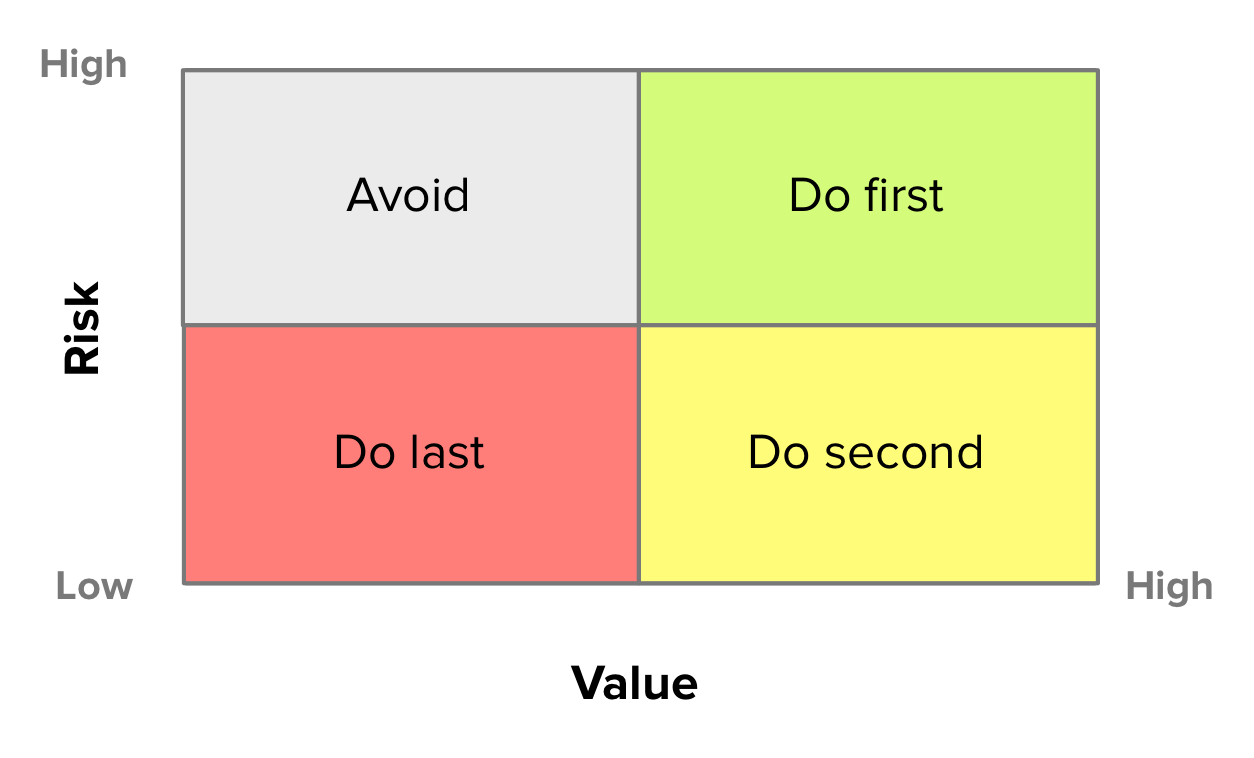Focus > MVP Identification
Why
At the beginning of a product, a minimum viable product consists of the least number of features required to realize the core value proposition of your product and to validate your primary hypothesis. In other words, this means the minimum feature set required to learn and understand the success of the product offering. A MVP does not even need to have real (fully developed) features, but the simplest thing to determine as much as possible.
While your MVPs may not have real features. it’s important that they be tested with real users as much as possible to reap the real benefits of the process. It reduces waste features, and in case your idea fails in front of the customer, then you get to that outcome with the least amount of effort. In the unfortunate event the whole product idea goes south, you fail fast before you spend a fortune on the idea.
How
Goal & success criteria
The first step to build a MVP is to identify the overall goal of the activity - what hypothesis you want to validate. Once you have a good idea about the goal, then define a success/fail criterion to measure the results.
MVP features
At this stage, the broad goal needs to be broken down into features, where the impact on each can be assessed individually. Sometimes, a MVP can be a simple offering to test market/user interest, and not even a set of features. For example, it can be:
- a video (e.g. famous Dropbox video)
- a landing page
- a survey
- a dummy button/menu
At other times, it can be a set of features you wish to implement in your product, to allow users to experience the product. There are few factors to consider in prioritizing what features to include in the MVP:
- Features with high user value
- Important features with lower implementation cost
- Important features with a higher risk (unknown)
Check out the following matrixes to help visualize this:
Effort Basis:

Risk Basis:

